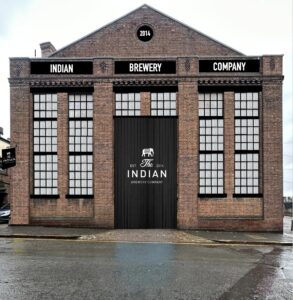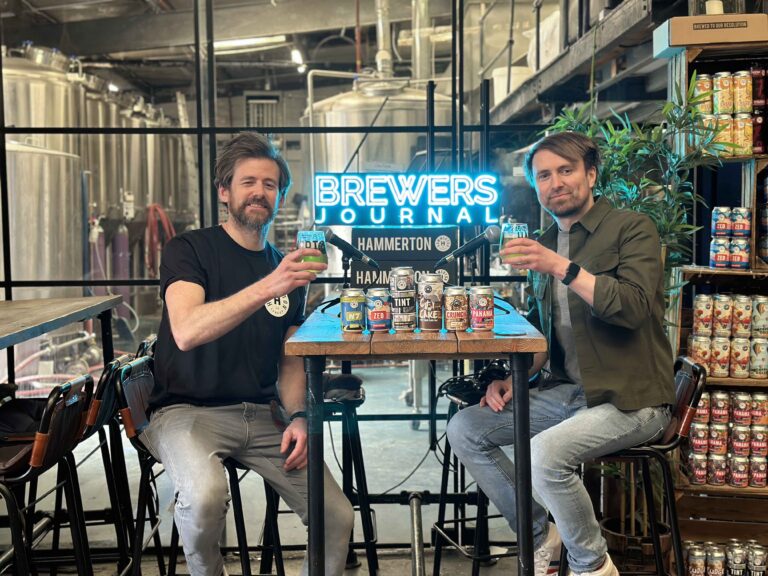In the final part of his new series Luca Lorenzoni, who has spent the last six years as CEO of two of the UK’s fastest growing craft breweries: Camden Town Brewery, and most recently Northern Monk, argues that as high growth markets mature we need to make new consumers care about craft beer, and we need to take some risks and innovative to make that happen. It’s time to make some choices. So, who should we be selling to?
One of the unique things about high growth markets is that once the movement accelerates, you don’t have to think much about who you’re selling to.
Whether it’s local, domestic or international, the demand is there, you just need to shape the brand and product to be the best version of what is in demand, and then ensure operationally you can supply enough.
That is why in craft beer today, our audiences are shaped largely by our actions, and not by strategic choice.
But as the market matures, this is catching up with us. We need to make new consumers care about craft beer, and we need to take some risks and innovative to make that happen. It’s time to make some choices.
So, who should we be selling to?
Audience Innovation:
Who are you actually selling to?
Independent, community, quality, and discovery. Before craft, these are not words you could use to describe beer, but it turns out a lot of people really wanted beer to be like this.
The start of the craft beer movement validated to those consumers that they weren’t alone in being disillusioned with what beer had become and believing it could be so much more. There was a community that felt just like them…their tribe. Deep down, we all want to fit in, and feeling you belong is an incredibly powerful motivator for consumers.
This is the reason that brands like Sierra Nevada, Allagash, and Dogfish Head, are so revered, they took the risk and created a community that, while we didn’t yet know, we all felt we belonged in. They were meaningful to us.
We now have around 2,500 breweries in the UK and you can still use a fairly equal combination of those four original values to describe the brand of most craft breweries, except that we’ve added one thing: attractiveness. While the pioneers of craft were typically off-centred & eccentric, through label design, festival experiences, collaborations, nostalgia, ratings and so much more, the breweries that followed them took being an outsider and make it look really good.
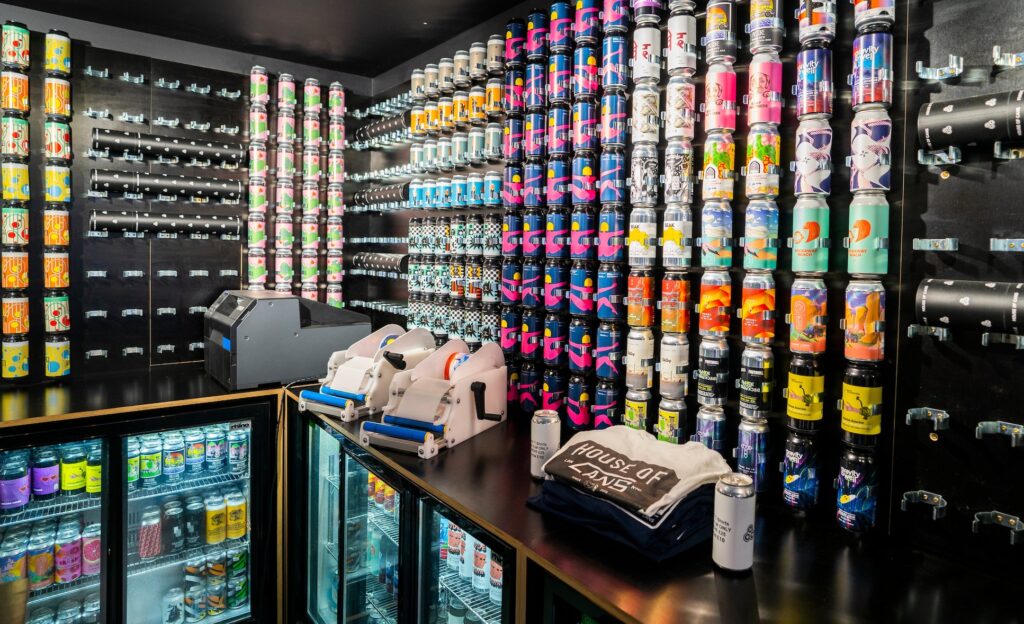
I’ll therefore refer to this ‘2nd wave’ of craft breweries as attraction brands because for the most part, they weren’t focused on building unique meaningfulness with new consumers, but building brands that more successfully attracted those that could be motivated by those original values.
And this made sense because a lot of those potential consumers were still joining the craft movement everyday, it was what our trade partners were asking for, and with little to no marketing budgets, attraction fuelled the ‘tag you friend’ behaviour that allowed breweries to attract consumers to craft for free. We couldn’t see the ceiling, so for many it didn’t make sense to try and stake an ownable, meaningful brand position that could potentially limit you.
But the thing with attraction is that it almost always fades. In saturated markets consumers have choice, and without loyalty to brands that hold unique meaning to them, craft beer consumers already in the market will show less loyalty, switching amongst specific beer launches that attract them vs. brands they feel loyal to. Plus, in times of economic hardship attraction brands can feel superficial, and thus, more dispensable.
Most importantly, we’re hitting the ceiling in the growth of the core craft beer consumer that is interested in, and can justify the cost of, craft beer in the way we’re bringing the value proposition to life. What got us here, won’t get us there.
So….who would miss you if you didn’t exist?
The power of this question is it forces us to think about audience before anything else, including product. And when we do that, we’ll likely realise we don’t really have a focused target audience, or a position that is truly meaningful or ownable.
If we become more deliberate about our focus audiences and how we can be meaningful to them, we’ll be much more likely to open craft to new, more diverse consumers, and strengthen value propositions to potential consumers through more meaningful connections.
Take Signature Brew for example. They are varying degrees of local to their community, independent, quality, discovery and attractive, but they also have something almost no one else does: a genuine, meaningful focus on supporting the music community. This gives them credibility to enter into, build relationships, and pitch to any music led venue, a tool others won’t have.
This evolution is going to be crucial to growing the pie.
Evolving to become a meaningful brand doesn’t mean start from scratch, it just means you need to choose a focus. You need to find your niche.
For most of you the focus will come from finding a niche within the current five main values within craft beer: Independent, community, quality, discovery, and attractiveness.
For example, community can mean anything from your geographic, ‘local’ community, a brand position used a lot in the US where state lines inspire passion and the distribution network encourage it, or it could mean a community centred on a non-geographic passion, like the example of Signature Brew with music.
For many more, discovery will be where you focus. We’ve had examples of breweries like Vault City that have done this by nailing a unique style. Utopian are another example of having done this based on ingredients and method, brewing only with British ingredients. Bundobust Brewery have focused on cultural and culinary discovery, as their beer is designed with their food menu in mind.
However, for some it may be a new value all together, like what Brewgooder are spearheading with social responsibility. And in some cases you may feel there is value in actually dropping one or more of the core craft values. It’s all to play for.
Making our brands meaningful to an audience will make them last. Attraction is good, but eventually it, has to be backed up by something.
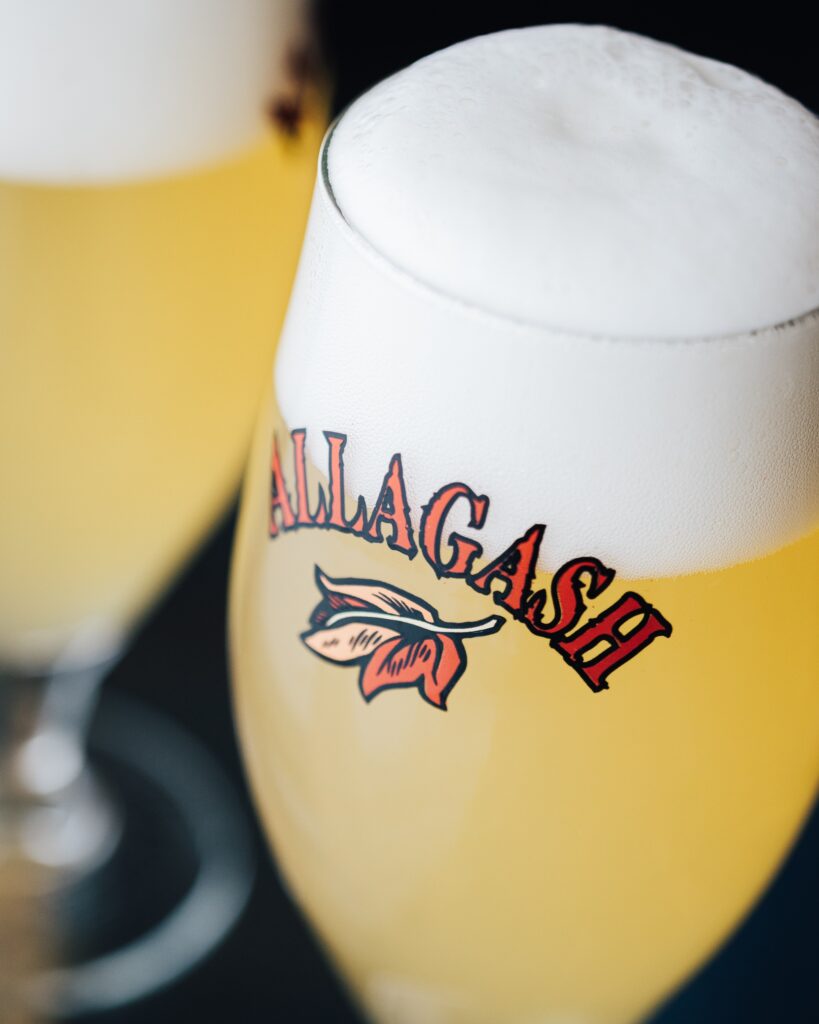
Location, Location, Location.
Saturation doesn’t treat everyone equally.
Below are the number of breweries per 100k inhabitants in some cities across the UK(1):
Bristol 4.9
Greater Leeds 3.1
Belfast 2.3
Edinburgh & Cardiff 1.9
Greater London 1.3
Not only does London have one of the lowest breweries per capita in the UK, but it also has 13% of the UK population and a median income almost 30% higher than the UK average. This is by far the biggest concentration of current & potential craft beer consumers in the UK. I don’t think it’s a stretch to say that 25% of the UKs current & potential craft consumers are in London.
So if 25% of craft beer consumers live in one city that also has one of the lowest breweries per capita in the UK, in times of saturation we need to go hard at that, right?
It’s definitely not that simple. The model many UK craft breweries currently run on will not work to scale in London.
If you’re a London brewery, it comes with the additional challenges of higher cost of rent and salaries on top of the fact that finding the right space, or any space, is difficult. Scaling often means moving altogether. You also operate in the focus market for most UK distributors and wealthy global beer brands. If you are trying to scale in that market, you need to have an efficient operating model that mitigates the increased overhead costs and allows you to compete in one of the most competitive markets in the UK.
That is why if you’re a London brewery with some scale ambition, you likely have a model built on pushing interest in your brand.
While it brings costs and headaches, there is a significant advantage to being a London brewery: you have direct access to the London on trade at your doorstep. That is why many London breweries do not brew a load of exclusives and specials to create demand for webshop, or to shipped to bottleshops around the country.
By focusing on fewer brands in largely on trade SKUs and styles, and with the flexibility of direct delivery, you can run the most cost-efficient operation and price competitively. Your sales team then work to push those products to their customers, with the additional advantage of representing a local, independent business.
That is why you rarely see London brands outside of London. Their model is built to succeed in London.
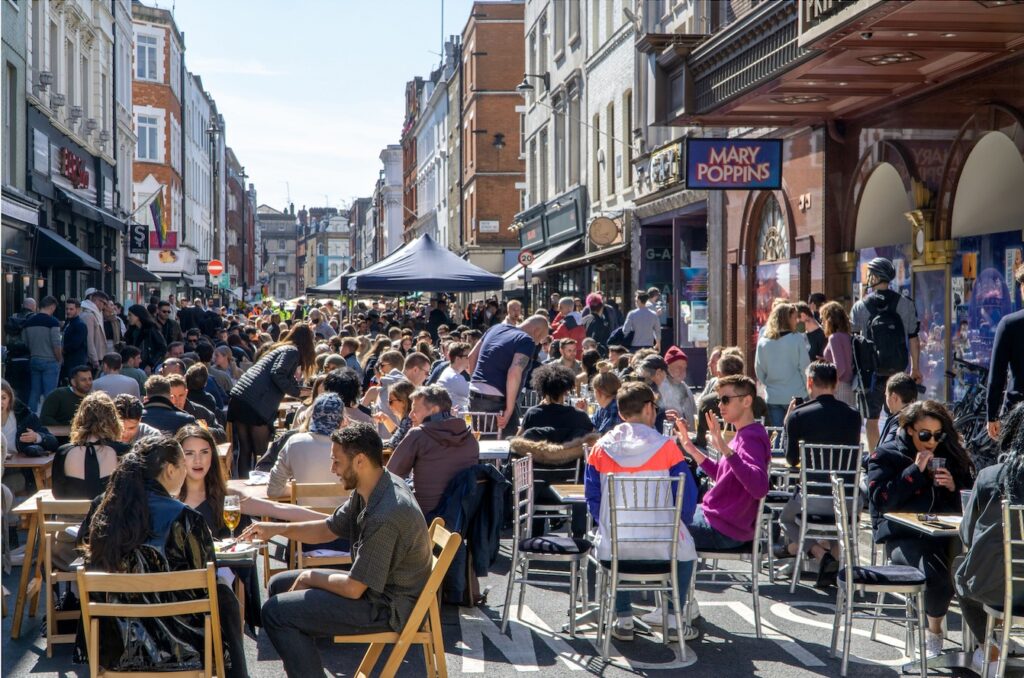
In contrast, if you operate outside of London and you want to grow beyond your local region, you likely have a model built on pulling interest to you brand.
You don’t have the advantage of scaling only in your local community, so you need to create demand and get people to want to come to your product. This is about stimulating webshop sales, and having customers from other parts of the UK asking for you so that distributors and outlets will list and sell you. Price is without a doubt the quickest way to achieve that, but for a craft brewing industry struggling with profitability, that is often not feasible.
The solution most breweries turn to is to create exclusive beers for partners & frequent specials, however, the complexities of that model also brings significant operational costs that can quickly erase the overhead cost advantages of having a non-London brewery.
If a brewery running that higher cost operating model wants to enter into London, they would then need to add wholesaler margin for distribution into, and around London, as well as sales people and often trade tools to stimulate demand. This then becomes a really costly model that isn’t giving yourself or your wholesale partners the best chance to compete in one of the most competitive markets in the world.
That is why you rarely see non-London brands succeed in London unless it’s via off trade. Their model is not built to succeed in London.
However, we need to find a way to unlock the full potential of London, and that will come from a combination of better enabling our wholesale partners, and having more direct brewery presence in the capital.
Enabling our wholesale partners will largely come from the topics discussed in part 2 on profitability. Wholesalers are great at what they do, but they are low margin business selling a portfolio of brands. London is very competitive, so to maximise your potential you’ll need to support your wholesale partners on price where required, and with sales people. The only way to do that will be to optimise your costs and re-invest it into scaling in London.
However, if you do not believe this is feasible, or you cannot get the buy in from your wholesale partners to match your ambitions, you’ll need to explore methods of establishing a more direct brewery presence in the capitol.
If you’re close enough to London, it could be as simple as blocking a day of the week and getting direct delivery into a focused part of London as a start. There will also be some non-London breweries that feel their SKU portfolio and operating model more closely resembles the London push model. If that is the case, then I would suggest doing a cost/benefit analysis on using a third-party logistics (3PL) model with your own sales team for London.
However, for most that are further away or have a pull model, you’ll have to get a bit more creative. The one model that has been a response to saturation and cost pressures in North America, that we are yet to see much of in the UK, is brewery partnerships and consolidation. In the UK specifically, I believe there is the added advantage of this allowing disparate operating models to work together to achieve true nationwide penetration.
In the most informal way, a London and non-London brewery can provide each other with finished goods storage, and leverage each others sales teams and distribution network to unlock opportunities across both push and pull brewery models and geographies. Formal consolidation could even result in the London brewery brewing all push styles and SKUs for both partners, with the non-London brewery doing all pull styles and SKUs.
These are just a few quick examples, but have a think and see if there is a solution that could work for you. If you’re looking to scale, you can’t ignore the 25% of craft consumers that are in London, or the 75% that live elsewhere in the UK, yet today almost all breweries in the UK are not setup to effectively tap into both those markets.
Think Global
99.2% of the world’s population doesn’t live in the UK.
When we look at it like that, the UK being saturated is about the smallest problem you could have; just sell outside the UK….solved.
Of course, the concept of exporting is nothing new. With the UK having one of the world’s more developed, respected craft beer industries, combined with our high domestic duty rates, export has always been a strong, profitable channel.
However, the export landscape has changed drastically.
For one, think back to the early days of UK craft when imported beers played a much bigger role because we didn’t have the resources, quality, and reputation that customers and consumers valued more than say an aged, expensive Sierra Nevada or Brooklyn Lager. Over time, imported options were replaced by local options. This natural life cycle is playing out in other countries, accelerated by the pandemic, and is a factor why most find export demand softer than ever.
But without a doubt, the biggest impact has been Brexit. Overnight, and with almost no advance warning on how it would be implemented, we lost our ability to sell direct to almost 450 million people in the EU, a market 6.5 times larger than the UK.
Not only has the available direct market shrunk, its become more costly to administer, a pain for our export partners, and beer quality is impacted due to extended lead times to get beer to a market. So much so that many have abandoned exporting all together. While their membership extends beyond what I would define as craft, SIBA reported that 15% of their members export beer in 2023, down a staggering 29% vs. the prior year(2).
But don’t worry, all of this was done to support the growth of UK brands and protect them from imports, right?
Well UK beer imports has actually grown post Brexit, from $641M in 2019 to $660M in 2021 (+3%), while exports have declined significantly from $569M to $513M (-10%) in that same time(3). I can unequivocally say that Brexit has thus far been a disaster for UK craft beer.

We need to evolve.
I believe that almost all eventual solutions will have one thing in common: more focus. One of the weaknesses of the current model is we export small amounts to a lot of places. With more paperwork than ever, and demand softening across many markets, this model is cracking. Fewer, bigger, markets would mean less travel, sales, admin, and likely more lasting relationships and brand awareness with customers and consumers in those markets.
Like scaling in London, unlocking the full potential of an export market will likely mean better supporting our distribution partners. Price will likely play a role, but as the UK market matures, it’s very likely the greatest upside for a new sales role could be in a less saturated and more profitable export market. Or perhaps you put this role into a new, high potential market and have them build local distribution partnerships. In the past, these decisions felt risky because we could invest that role into the growth of the UK, but that’s far from a sure thing now.
Or maybe we rip up the current model altogether.
Instead of exporting, why not pick two or three high potential markets and work with craft breweries in those markets to brew locally. My experiences in many export markets is that beer quality is good and improving quickly, and our exported beers are generally sitting on shelfs close to, or past, their best before dates. If you work closely with that partner on brewing your beers, I have no doubt the right partners can deliver.
If one of the breweries is in Europe, you’ve just opened the ability to sell direct you’re your webshop to 450 million people in the EU. Also, working with a local brewery will tap you into the market in a more direct, sustainable way. You could also be very open with consumers locally about the project, as many will value that a well-respected international brand is investing into their craft beer community. And maybe the arrangement is reciprocal so that you help that brewery, and their craft beer community, establish a presence in the UK.
And it’s better for the planet.
Some of these ideas raise more questions than answers, but it’s just a start. It’s time to rethink the current model, or we’ll lose access to one of the best ways to deal with local market saturation.
Conclusion:
When I was running a brewery, especially in the chaos of the last few years, it always bothered me that I couldn’t find the time to take a proper step back and assess what was really going on in craft beer and how best to prepare for the future. That’s why I did this project.
I couldn’t get it done for myself, so I’ve done it to hopefully help you, and craft beer overall.
It’s not important to me whether you think I am right or wrong, I just hope this made you stop and think. This was about bringing together research, experiences and critical thinking and letting it provoke thoughts and conversations. From here, you get to decide which topics, if any, you are passionate about and how best to move them from theory to reality.
It won’t be easy, but I have no doubt this pie can get a lot bigger and thicker.
Lastly, I’ll end where I started. Don’t read too deep into the headlines, because no matter how mature this industry gets, this is one of the best industries in the world. Evolution is not bad, it’s just different. This is a great place to be, so enjoy the ride!
Footnotes
(1) Quaffale; (2) SIBA Craft Beer Report 2023; (3) OEC Beer in United Kingdom



